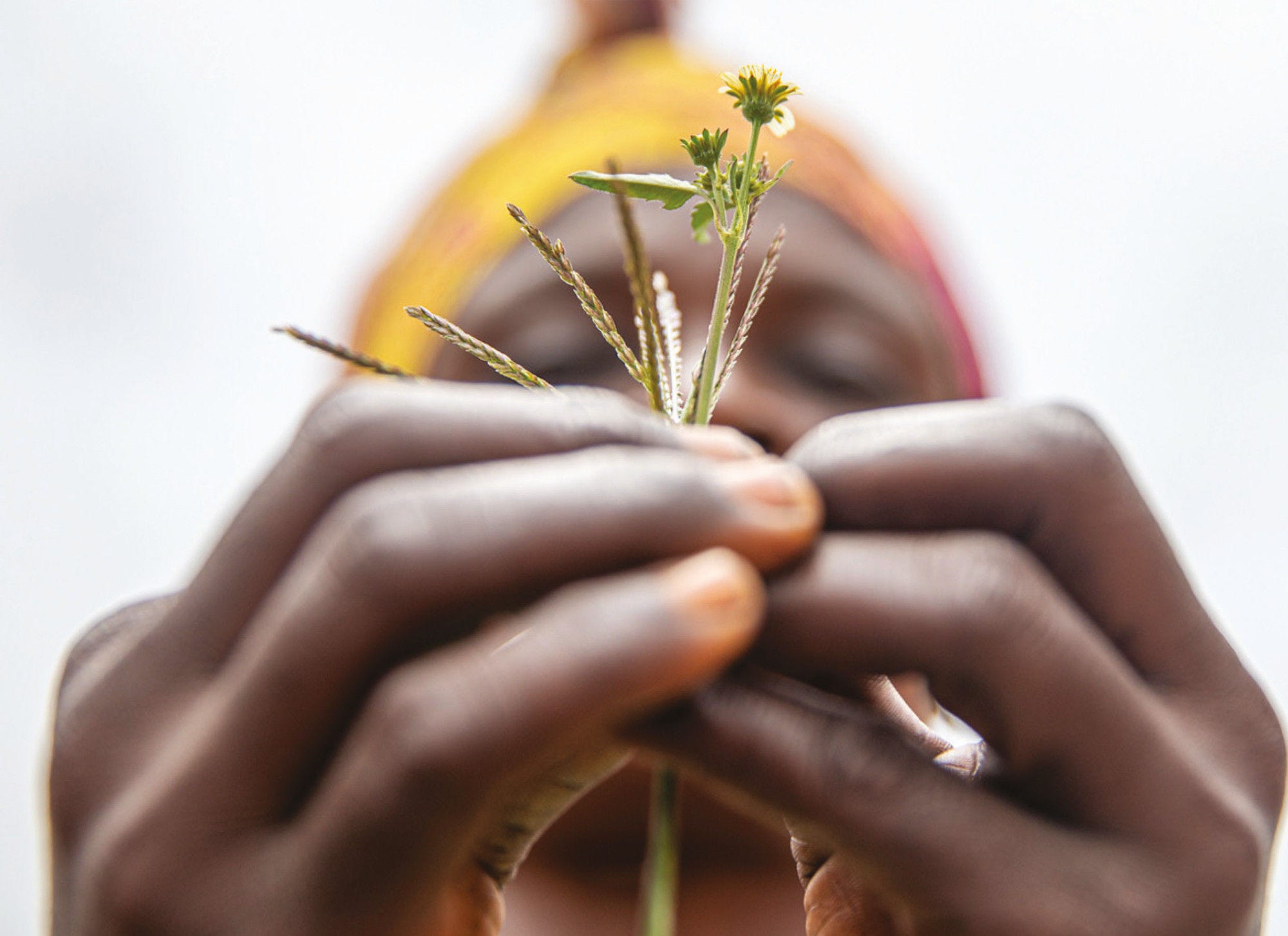2022 marks the mid-point of the Sustainable Development Goals (SDGs). The SDGs were designed to be an ambitious but achievable "blueprint to achieve a better and more sustainable future for all".
Multiple, overlapping crises – climate crisis, COVID-19 and conflict – are undermining progress across all SDGs. In some cases, progress on development is in reverse, plunging millions of people back below the poverty line. This is particularly true in places affected by fragility and conflict.
Before the pandemic, an estimated 80% of people living in extreme poverty would be living in fragile countries and regions in 2030. The pandemic has made things worse, exacerbating underlying causes of conflict and fragility. Climate change is a risk multiplier, making natural disasters more frequent and heightening food and livelihood insecurity for hundreds of millions.
New conflicts in previously stable countries and regions are creating additional and acute humanitarian needs. More food insecurity in developing countries will be one of the most severe legacies of the conflict in Ukraine. Even before the Ukraine crisis, United Nations (UN) Office for the Coordination of Humanitarian Affairs (OCHA) estimated that humanitarian needs were at record levels, with 274 million people needing humanitarian assistance in 2022.
As needs have grown, funding for humanitarian and development activities has struggled to keep pace. Official Development Assistance from members of the Development Assistance Committee rose to record levels in 2021 – USD 179 billion – but needs continue to outstrip available resources. The international community needs to ensure that its actions in support of humanitarian and development goals are as efficient and effective as possible.
There is room for improvement. Too often, we work in siloes (humanitarian – development – peace) and fail to talk to each other and agree on joint plans and programmes. And yet, all this work is funded by the same donors. Rigid thinking reduces the international community’s ability to support fragile countries and people and we must do better.
The DAC Recommendation on the Humanitarian-Development-Peace Nexus was born out of a recognition of the need to rethink traditional ways of working. It is the result of intensive consultations involving a broad coalition of countries, UN entities, funds and programmes and civil society.
As this report shows, the DAC Nexus Recommendation provides a useful common framework for more effective international engagement in fragile and conflict affected places. Three years after its adoption, we are seeing some good progress. Stubborn challenges remain, but we are convinced that the principle of improved coordination and collaboration between bilateral and multilateral actors is an essential part of the recovery from the world’s current crises. We encourage all actors in fragile and conflict affected states and regions to place the nexus approach at the core of their work, with the urgency that these multiple crises demand.

Susanna Moorehead
Chair,
Development Assistance Committee
